Answers to the most common questions about sourdough bread. How can I make my bread more sour? What do I do if my bread is over proofed? Answers to the top sourdough bread questions below.
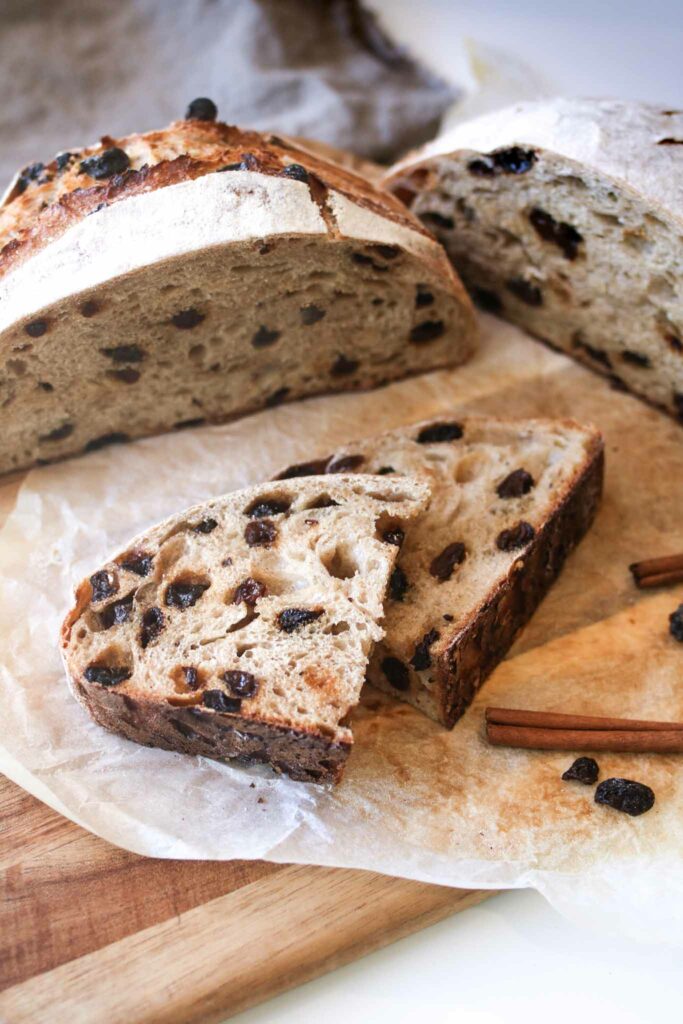
Troubleshooting sourdough bread
There are a LOT of variables with sourdough. It’s not hard and it’s not time consuming, BUT there are a few things to understand that may be new to you. Over the past year, I’ve been saving the most frequently asked questions people have asked me, and I have finally put the answers all in one place – THIS GUIDE!
This is intended to be a place you can come back to again and again as needed. I hope this sourdough Q&A guide can be a helpful hand in making a sourdough EASY, ENJOYABLE, UNDERSTANDABLE, and of course…DELICIOUS.
If you have a question that is not answered below, leave a comment below and I will answer it there. When we understand what’s happening with our bread, it becomes significantly more fun to bake, and it feels a lot more encouraging to try again. So I’m happy you’re here – you’re showing your mind you are ready to learn, ready to understand.
Looking for sourdough STARTER FAQ’s?
If you have more questions specifically about your sourdough starter, I’ve listed those in my Sourdough Starter FAQ Guide. Head there for more tips all geared around getting an active, tried and true starter.
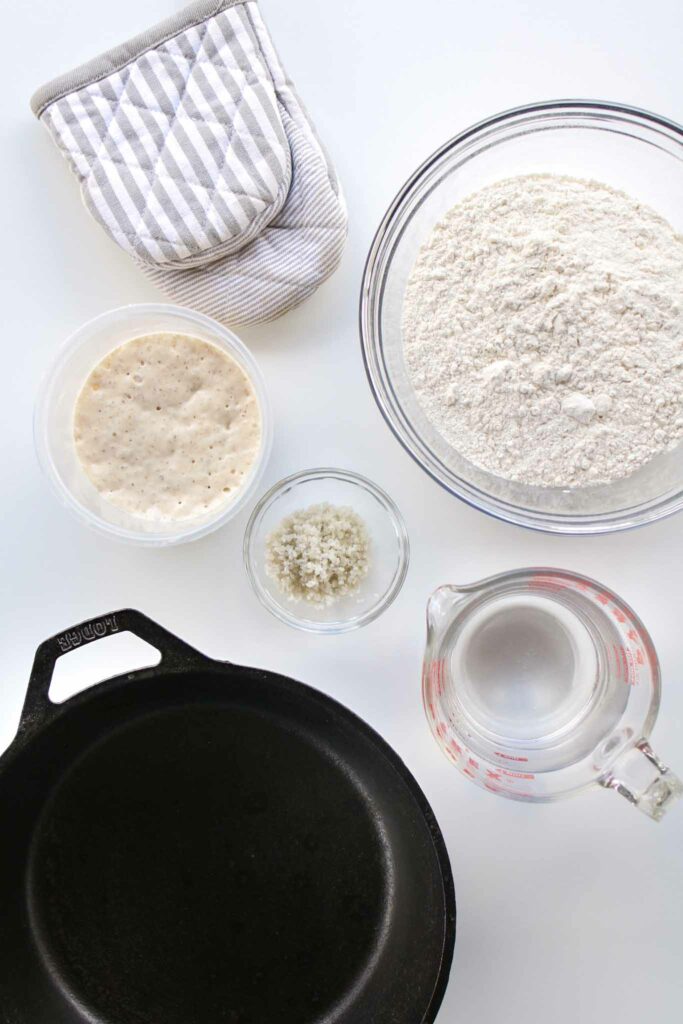
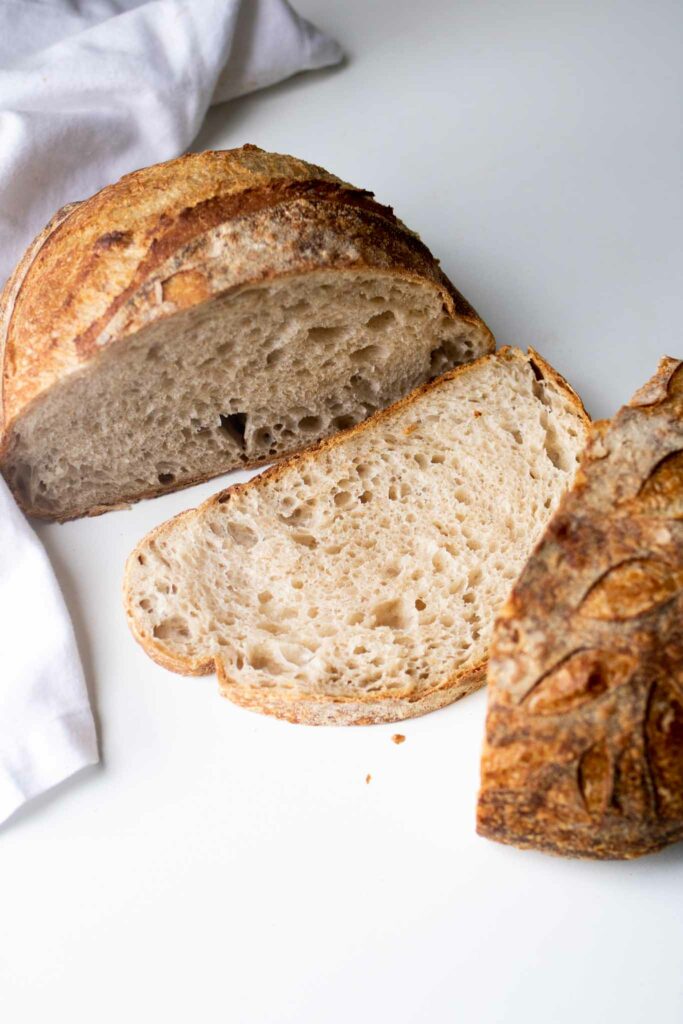
If you are looking for a specific answer, I suggest trying the search shortcut on your keyboard – a [Command+F] on a Mac, or [Cntrl+F] on a PC – to help you find some keywords quickly. If you still have a question that you don’t feel was answered below, feel free to leave a comment at the bottom of this page and I will answer it there!
Let’s dive in…
Sourdough Bread Basics
Can I use different types of flour in your sourdough recipe?
Yes, absolutely! Using unbleached flour will give you the best results, including bread flour, all purpose flour, wheat flour, Kamut flour, etc. Flour types each absorb differently, so you may just need to add less flour, or add more water, based on how the dough feels. Wheat flours such as whole wheat and Kamut can be a bit heavier, but it’s still possible to achieve a great loaf with using those flours exclusively. I like to do a mix of about 5%-20% freshly milled whole wheat, and the rest unbleached bread flour.
Do I need to use the same flour that I used to feed my starter?
Nope! Technically your starter will carry an underlying flavor profile and will have a small impact on the flavor of the bread, but its such a nominal amount, I don’t usually taste too much impact. For example if you have a starter fed with bread flour but you want to try a loaf using Kamut flour or all purpose flour, yes, you can use that bread flour starter! Some like to convert their starter over or have a few kinds going at once, but I typically just stick to one to keep it simple.
Why are there different methods in making sourdough bread (stretch and folds, coil folding, etc.)?
There are several different approaches to strengthening your sourdough bread, and while some may claim one “BEST” method, they are all designed to strengthen your dough to provide a strong rise and crumb structure for your bread.
I encourage people to experiment with both and see what feels comfortable and works best for you.
Do I have to use scale?
No, but it can be very helpful. I used to think using a scale was a lot more work…until I actually started using one. Not only does it help you stay more consistent and is a much more accurate gauge of measurement, but it’s actually a lot easier. With sourdough, your eyes and hands are your best indicator, but using a scale is a very helpful baseline. Again, not mandatory though. Because your eyes and hands are your best indicators, you can also use normal cup measurements and tweak from there as well.
This plastic scale is inexpensive but still reliable quality and this glass scale wipes clean very easily and is more heavy duty. I own both and love them.
How do I make my bread more or less sour?
*To make more sour:
First, you can make your starter more acidic by going a little bit longer in between feedings, and keeping the “hooch” (the black liquid on top) whenever that forms.
Second, use your starter just as it’s coming down from peak activity. Peak is its highest point of rising. Just as it barely begins to fall is a slightly more acidic state, which is what will contribute to the more sour flavor
Third, you can ferment your dough a bit longer. I do this by doing an overnight proof for my final rise. I prefer this anyway because it makes it significantly easier to score the bread, but in slowing down the fermentation by placing it in the fridge, it gives it time to slowly develop more complex flavor.
*To make less sour:
Feed starter more regularly, use starter as it just hits peak rise (barely doubled in size), and don’t ferment it as long in the fridge, or not at all. Using basic unbleached all purpose flour and bread flour will also help keep the flavor tame. Wheat and rye flours can make the dough more sourdough and complex.
How do I know when my bread is properly proofed?
No doubt, this is one of the trickiest parts of sourdough bread, so give yourself some grace as you practice this. A properly proofed bread has risen about 35-50% in size, has gas bubbles beginning to form, and the top is slightly domed in the bowl. The bread should also keep most of its form after shaping.
What should I do if my dough appears over proofed?
When dough is over proofed it will have a hard time holding its shape (sometimes that can be due to lack of dough strengthening, sometimes due to over proofing). If you believe your dough has been over proofed (which means you let it rise too long) you can either:
1. Bake it at the risk that it could be slightly more dense (it has a hard time holding shape and getting a proper rise) OR
2. Use for it is making focaccia bread or pizza dough! I have a recipe and tutorial in my book, Classic Sourdough. Lots of other delicious recipes online as well. You can adapt the instructions to just use the dough you have!
Why do we ‘score’ the bread?
Scoring, or making a cut in the bread, is not just for aesthetics. While there are beautiful designs out there, scoring is also part of the science. By creating a cut in the bread, you are basically creating a vent to allow the steam from the bread to escape. By giving all of the built up pressure a controlled place to escape, it helps encourage a nice rise. It also allows you to control where it expands, giving it a nicer appearance as opposed to a random tear and offshoot in the bread.
How can I get a cleaner, nicer looking ‘score’ or a good ‘ear’?
My favorite way to score dough is when its cold. I proof my dough in the fridge overnight, which also assists in a slow fermentation (delicious flavor, and even better for your health!). I take the dough straight from the fridge, immediately score it, then bake immediately.
Make sure you are using a good sharp bread lame/razor blade/knife and hold it at about a 45 degree angle. Give it a nice swift cut, or a few cuts if desired. You should be cutting in about 1/4-1/2 inch deep. I have a few example on my Instagram, like this one or this one.
Why is my bread dense or gummy-like?
There are a few reasons why this can happen. Here are the check points I review:
1. Check starter. Was my starter fully active when I made the bread (doubled in size, bubbly, strong)? A starter that has not been used in a while can also be the cause. While it may have doubled in size for you, if it took a long time to do so or if it has been fed in at least a few weeks, that can contribute to gummy bread as well.
2. Consider proofing time. Did I over proof my bread? Over proofing can cause a collapse of air in the bread, creating a fallen and dense bread.
3. Review dough strength. Did the dough keep its shape well after you formed the loaf? If it had a hard time keeping tension, the dough could have needed more strengthening. Most of the strength is built up through the stretch and folds during bulk fermentation.
4. Bake time. Did I bake it long enough? I like to start with a high heat between 450-500 degrees F to get a strong oven spring, then halfway through when I take the lid off, I turn it down to 425-450 degrees F. You can even turn it down a bit lower towards the end to 400-450. Finishing off with a longer cooler bake can help.
5. Wait to cut! Cutting the bread while it’s hot can result in gummy texture. It’s delicious warm, but it can squish the bread and not allow it to set and dry properly.
When is the best time to add in different adders like olives, cheese, raisins, cinnamon chips, etc.?
I usually add additions in the beginning when I mix in the salt. Some mix ins scientifically can be prone to slowing down your starter (like cinnamon) so it can also be incorporated towards the end when shaping. I will say, however, I use cinnamon frequently and have not noticed a huge negative impact of the rise.
If you choose to do it towards the end, I recommend gently pulling out your dough into a rectangle, adding the mix ins generously, then folding up the dough to form. Don’t vigorously mix in as you would in the beginning as that will deflate all of the amazing gasses that were built up during the rise.
What’s the best way to store sourdough bread?
To keep a crispy crust, store bread in a paper bag (also great for gifting) after it’s fully cooled down. Placing it in a plastic bag retains a lot of the moisture which will soften your crust faster. I do store it in a plastic bag if I am going to freeze it (bread freezes great!). To reheat from the freezer I will pull it out the morning of (or night before) get it to room temperature, spritz the outside of the bread with a tiny bit of water and then bake in the oven for about 10 minutes just to heat up and get the crust crispy again. This large plastic bag fits large loaves much better than the standard ones from the store.
What can I use to bake sourdough bread if I don’t have a dutch oven?
Using a dutch oven or something similar with a covered lid allows you to bake the bread covered. This creates a steam oven for your bread, giving it a fantastic oven spring (strong fast initial rise). It also contributes to that iconic crispy crust we know and love.
If you don’t have a dutch oven though, you can bake it on a pizza stone or even just a baking sheet. I know some like to spray their oven with a gentle mister or leave a pan of ice cubes on the bottom rack to try to mimic the steam oven approach. While I don’t get quite the same results, you will still get delicious and impressive homemade bread.
The bottom of my bread get’s way to dark. How can I prevent this?
1. Consider moving your bread up a rack higher in the oven. Most of your heat could be coming from the bottom of your oven.
2. Place the bread on a double layer of parchment paper before placing on the pan. The parchment paper will act as a barrier between the heat source.
3. Halfway through baking, after the covered bake portion, transfer the bread off of your hot pan and finish baking on your oven rack. This will limit the direct heat just sitting on the bottom of the bread.
4. Remember to take your bread off of the pan immediately after taking it off the oven. Let it cool on a cooling rack where the bottom of the bread can cool down evenly.
How long can I leave my bread in the fridge to proof?
I typically keep my bread in the fridge for about 10-24 hours. While you can keep it in the oven for more than 24 hours, you run the risk of it getting over proofed. If that does happen, you can turn it into focaccia bread or pizza dough! But for great fermentation and a conservative proof, I recommend keeping it under 24 hours.
If these tips helped, a comment below would mean a lot. Also feel free to tag @loskitchenco on Instagram in your sourdough creations! I love seeing you guys use these tips in action!

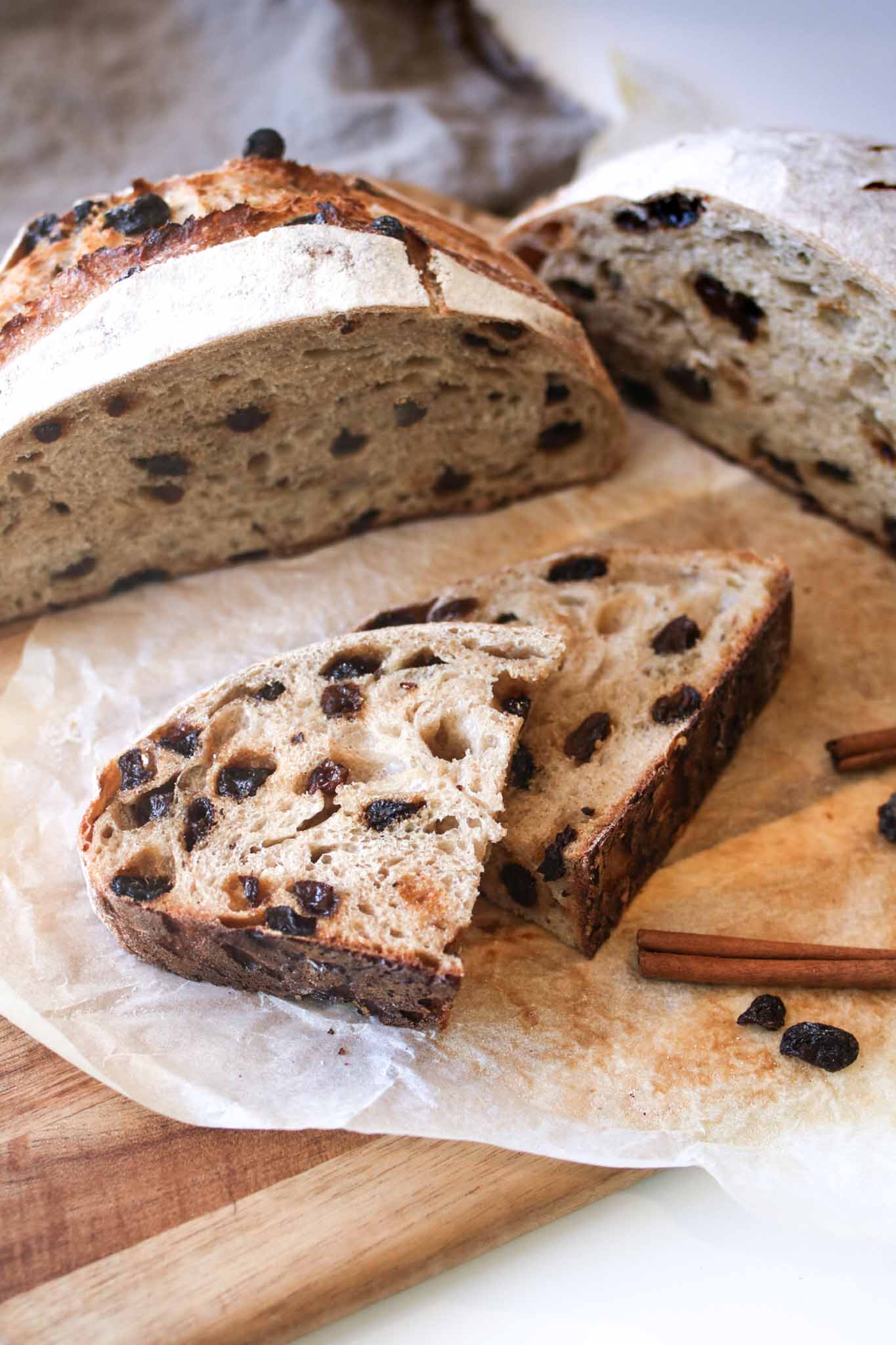
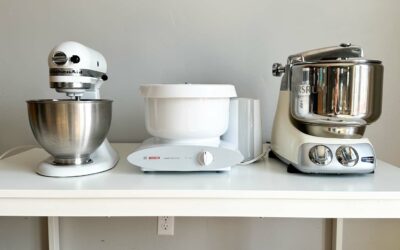
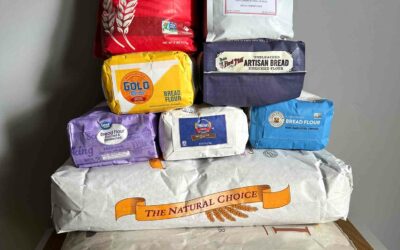
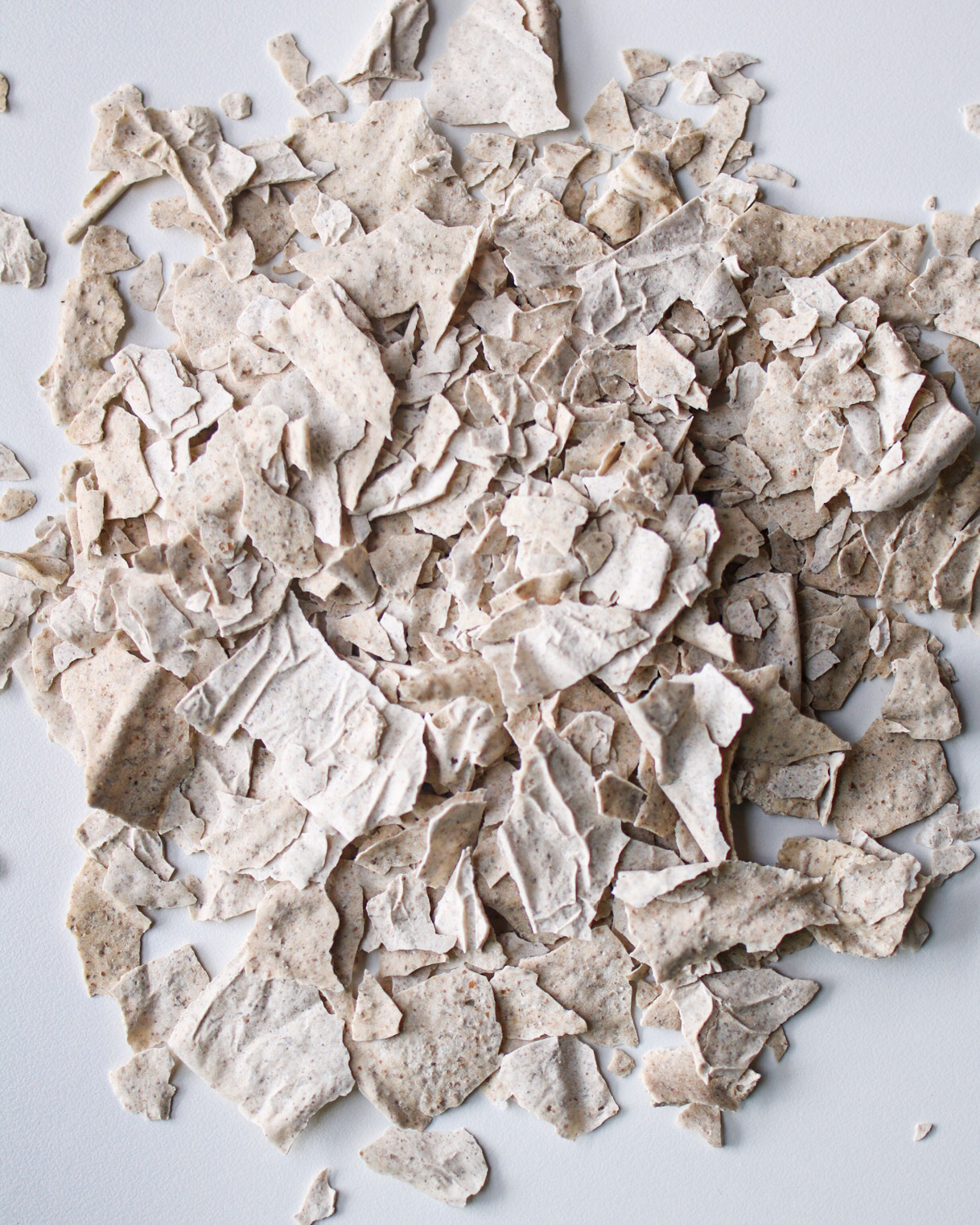
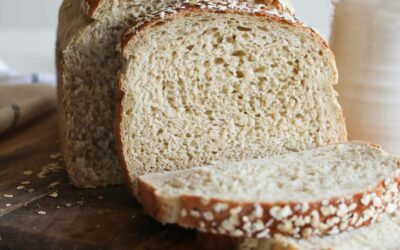
Great tips they were very helpful!!